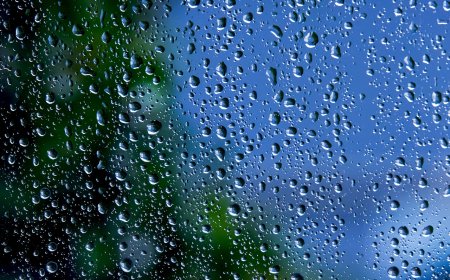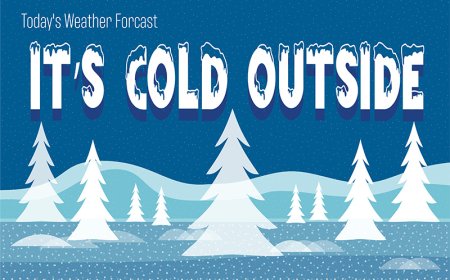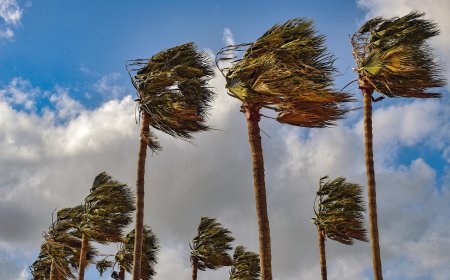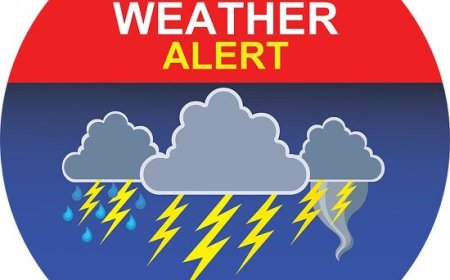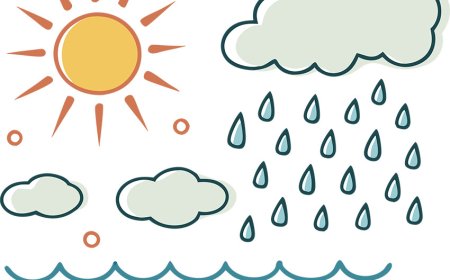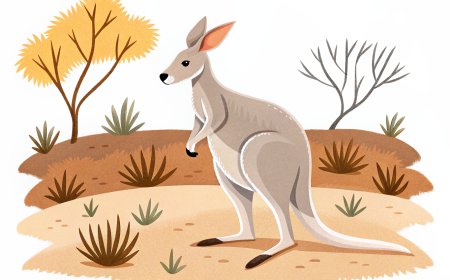Seasons for Kids – How Earth’s Tilt Creates Weather Changes
Understand how Earth’s tilt and orbit create the four seasons. Learn why we have spring, summer, fall, and winter in this fun, science-based guide for kids.
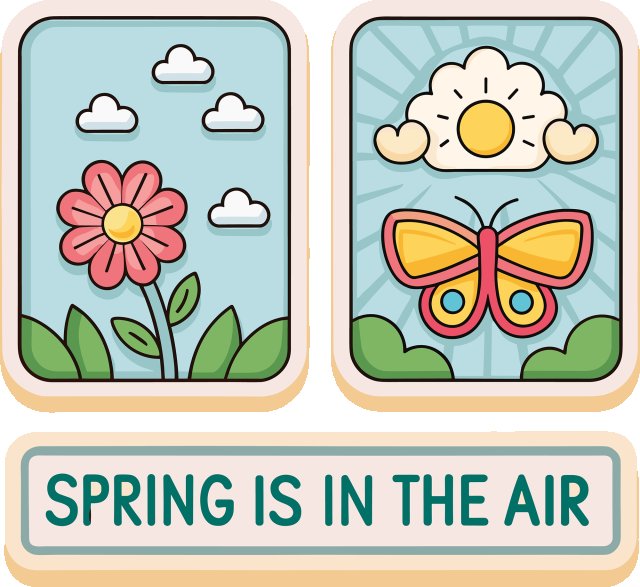
🧭 Introduction
Why is it hot in the summer and cold in the winter? Why do leaves fall in autumn and flowers bloom in spring? These changes are part of Earth's seasons, and they happen because of the way Earth tilts and moves around the sun. Every year, we experience spring, summer, fall (autumn), and winter, each with its own weather and activities. In this article, we'll explore what causes the seasons and how they affect life all over the world.
🌞 What Are Seasons?
Seasons are periods of the year marked by changes in temperature, weather, and daylight. The four seasons are:
-
Spring - Plants grow, and temperatures rise.
-
Summer - The hottest season, with long days.
-
Fall (Autumn) - Leaves fall, and the air becomes cooler.
-
Winter - The coldest season, with short days and often snow.
The exact time each season begins depends on your location on Earth and how it is tilted toward or away from the sun.
🌎 What Causes the Seasons?
Seasons happen because of two main things:
1. Earth's Tilt
Earth is tilted at an angle of 23.5 degrees. This tilt means that different parts of the Earth get different amounts of sunlight during the year.
2. Earth's Orbit
As Earth orbits the sun (makes one full trip every year), the angle of sunlight changes.
Here's how it works:
-
When your part of Earth tilts toward the sun, you get more sunlight-this is summer.
-
When your part tilts away, you get less sunlight-this is winter.
-
In spring and fall, Earth is in between, and the sunlight is more even.
🗓️ When Do the Seasons Happen?
The dates of the seasons are based on Earth's position around the sun and are called solstices and equinoxes.
-
Spring Equinox - Around March 20 (day and night are equal)
-
Summer Solstice - Around June 21 (longest day of the year)
-
Fall Equinox - Around September 22 (day and night are equal again)
-
Winter Solstice - Around December 21 (shortest day of the year)
These dates may change slightly each year.
🌍 Seasons Around the World
Not all places have four seasons! It depends on where you live:
Temperate Zones (like the U.S., Europe)
-
Have all four seasons: spring, summer, fall, and winter
Tropical Zones (near the equator)
-
Have two seasons: wet and dry
-
It stays warm all year round
Polar Zones (near the poles)
-
Have long winters and short summers
-
Some days have no sunlight (polar night) or 24 hours of sunlight (midnight sun)
🌸 How Do the Seasons Affect Nature?
Each season brings changes in plants, animals, and weather:
-
Spring - Flowers bloom, animals wake from hibernation, baby animals are born
-
Summer - Plants grow fast, animals are most active, and it's warm
-
Fall - Leaves change color and fall off trees, animals prepare for winter
-
Winter - Many animals hibernate or migrate, plants stop growing, and snow may fall
Seasons also affect farming, holidays, and school schedules!
🧠 Fun Science: Why It's NOT About Distance
Some people think summer is when Earth is closer to the sun, but that's not true! In fact, Earth is closest to the sun in January. It's really the tilt of the Earth that causes the seasons, not the distance.
📚 Vocabulary Words
| Word | Definition |
|---|---|
| Orbit | The path Earth takes around the sun |
| Tilt | A slant or angle (Earth tilts 23.5° on its axis) |
| Solstice | The longest or shortest day of the year |
| Equinox | A day when day and night are the same length |
| Hemisphere | Half of the Earth, either northern or southern |
Interesting Facts About the Seasons
-
Summer in the Northern Hemisphere means winter in the Southern Hemisphere.
-
The word "equinox" comes from Latin and means "equal night."
-
Some trees need cold weather in winter to bloom in spring.
-
In some places, the sun doesn't set for months in summer!
-
Animals like birds and whales migrate thousands of miles to follow seasonal changes.
👧 Kid-Friendly Summary
Seasons happen because Earth is tilted and moves around the sun. When your part of Earth leans toward the sun, it's summer. When it leans away, it's winter. In between are spring and fall. Each season brings different weather, holidays, and changes in nature. Without Earth's tilt, we wouldn't have seasons at all!
✅ Interactive Quiz
Q1: How many main seasons are there?
A. 3
B. 4
C. 5
D. 2
Q2: What causes the seasons?
A. Earth moving closer to the sun
B. Earth’s tilt and orbit
C. The moon’s gravity
D. Changes in wind
Q3: When does the summer solstice happen?
A. March 20
B. September 22
C. December 21
D. June 21
Q4: What season happens when your part of Earth tilts away from the sun?
A. Summer
B. Spring
C. Winter
D. Fall
Q5: What is true about equinoxes?
A. The sun never shines
B. Day and night are equal
C. It’s always snowing
D. It’s always raining
Scoring:
5/5 = 🌍 Seasonal Scientist
3–4 = 🌞 Weather Explorer
1–2 = 📘 Nature Learner


















































